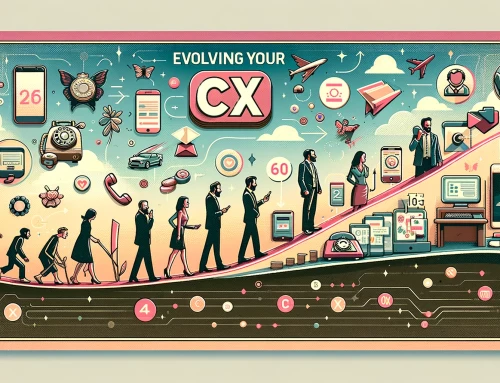On his company’s ninth anniversary, Uber Co-Founder Garrett Camp published his pitch deck for Uber so the world could see. It was created three years before the company’s official launch in 2011, the deck details how a ride service could offer a superior alternative to the good old taxicab.
In six years, Uber has completely disrupted what many believed to be a locked down industry and now controls roughly 75 percent of the market for ride hailing. Unbelievable!
Uber was not only a disruptor in one sector, but throughout the economy. While the company has become a lightning rod for critics and legal challenges, its impact on a new way of thinking about the transportation of people and goods is undeniable.
We think Uber’s original pitch deck offers insights that enterprise leaders can’t ignore. If there’s one thing we have to learn from Uber, it’s that any legacy industry can be turned on its head when a company finds a way to fix its inefficiencies and has ‘balls’.
Uber painted a picture of an outmoded industry.
Cab companies in 2008 relied on dispatch technology from a previous generation, dealt with significant amounts of dead-time waiting for fares, and used older, gas-guzzling vehicles, such as Ford Crown Victorias that averaged 14 miles per gallon.
Conversely, the “UberCab Concept” spelled out in the deck would employ the latest technology in consumer smartphone apps to provide on-demand, quality car services for professionals.
Business imperative: Redefine quality. Challenge the way you’ve typically achieved business objectives, with a goal of finding a new way to deliver better customer experiences.
Uber used current and progressive technology to balance supply and demand.
In the legacy model for taxis, according to the deck, upwards of 35% of time is spent looking fares. By simply using GPS and internet—services available via mobile phone to significant amounts of consumers in 2008—Uber proposed that idle time would be reduced significantly. Adding in demand forecasting further honed its service, creating more productive drivers.
Business imperative: Find—and quantify—inefficiency and downtime. Seek to fill this time with new tasks or scale back on resources at less productive times.
Uber tapped into the power of a flexible workforce.
While Uber didn’t speak to its vision for drivers in this deck, the opportunity for drivers to work a flexible schedule—whether around another job or family and other life commitments—was certainly a factor in recruiting its workforce.
Today Uber exists in roughly 630 cities and 76 countries. Its model wouldn’t work without a flexible workforce that scales up with demand, which Uber influences with driver incentives and surge pricing. Uber also couldn’t grow as rapidly as it has without the resources each driver brings—their vehicle and mobile phone.
Business imperative: Control costs to fuel growth. The cost of permanent workers can cripple a business during a time rapid expansion or volatility. A virtual, flexible workforce comes with on-demand economics. Workers tend to be self-motivated and independent, which means less management and supervision. They’re paid only when customers trigger it. It creates a relationship where workers want to generate business.

At Leading Edge Connections LLC. we truly believe the traditional contact center industry is a dinosaur. The only difference is that many of the companies and people in the industry don’t realize they have already gone extinct. They are so stuck in the old story of how things have been and the illusionary safety they think they have that they have allowed the world to pass them by. LEC isn’t one of those BPO’s! We understand that there is room for a new, more modern approach to customer service and sales: virtual agents.They don’t sit in high-overhead brick-and-mortar contact centers, and they can be sourced nationwide. Recruiting isn’t an issue and the quality of agent we can attract, hire and retain is far superior. The data is already in but the Contact Center ‘good ole boys’ don’t want to look at it. They like their big buildings, high attrition, constant problems and terrible client servicing. Otherwise they would have traveled on. LEC sees a new future where success, progression and partnership truly exist.
So, if you are looking for a contact center solution we just have one question for you?
Who are you riding with The Uber or The Yellow Cab?





Leave A Comment